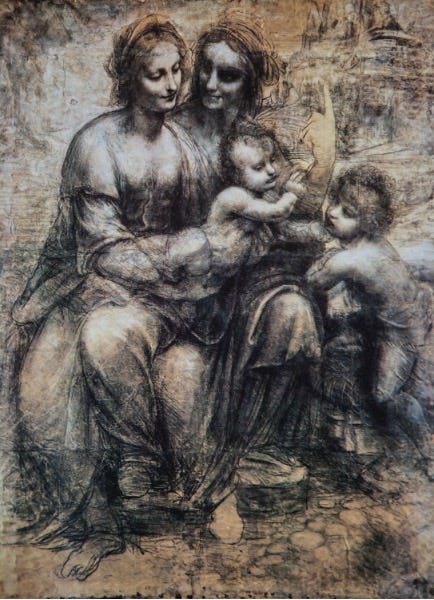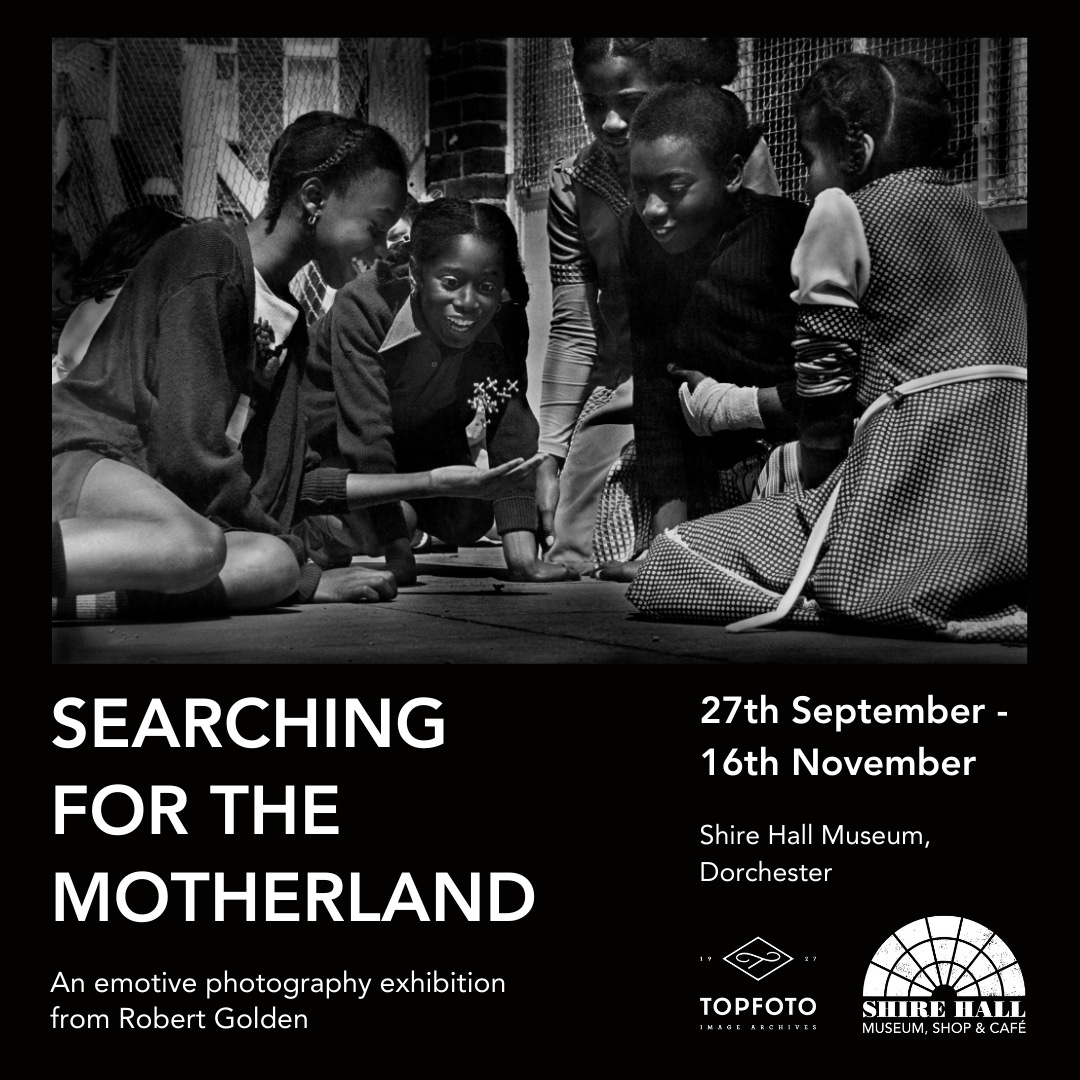In this week’s essay I want to pull three things together
that may at first seem strangers to each other.
They are the sheer beauty and insight of Leonardo Da Vinci’s paintings,
the deadening hand of neoliberal capitalism
and my practice of image making.
I believe that it’s difficult to pull diverse elements together
which are sewn into our civilization’s complex history and culture.
We watch the post WWII political and economic order disintegrating
in the rising ill winds of anti-cultural and anti-intellectual totalitarianism.
These are fuelled by a hidden deceitful greed-ridden class
of unelected oligarchs who control our economy and our democracies.
As a consequence, we need to identify, name and then confront
what is central to their power and our confusion,
depression and fading hopes for a better world.
GENIUS
Look in silence for a minute at this image by Leonardo Da Vinci.

Da Vinci was born in 1452, during the Italian Renaissance
(roughly 1400 – 1600).
In that period this paintings (below) was still a dominant mode of portrait making.
We see these depictions of people above as types –saints, sinners, angels
fallen women, the good wife, the soldier and so on,
but not as flesh and blood individual human beings.
In these late pre-renaissance medieval depictions,
neither are individual’s characteristics,
nor individual’s psychology,
nor their distinctive attitudes and emotions apparent,
because for the Judaeo Christian God
there is no present in infinite time.
So these images are like shallow cartoons
rather than insightful portrayals of individuals which we can recognise.
This is explained here:
“When asked by a rich courtier
for an image of Jesus,
Eusebius – a renown icon painter of Constantinople
- denied the request, replying:
that when I paint an image of people,
they must only be seen as a reflection of God
rather than as an individual with an inner life.”
Before the Renaissance the importance of an individual
being separate from the spirit of God was unimaginable.
When Leonardo painted his earthly and revealing portraits
it became clear he was no longer obeying
the God-centred decree of the church
but rather the human centred consciousness of the Renaissance.
He and others liberated Europeans from
the post Roman Empire’s spell of mysticism.
As Dante in his Divine Comedy (completed in 1320),
Leonardo helped re-centre life away from a holy spirit
and into the individual human being.
From then on, in Western Europe,
individualism became the unique, dominant way
for people to relate to each other,
to the earth and to the heavens.
All of us in the West
live a more enlightened and freer political, social and psychological existence because of these far-seeing, brave and talented artists.
Yes, it was Dante, DaVinci, Michelangelo and some few others
who liberated us from the insufferable and repressive bonds of the church
and to a degree from the even more insufferable repressive bonds
of the landlords and the rising merchant class.
It was not the wealthy cloth merchants, bankers and generals of the period
who fashioned the concept of individualism and later of freedom.
NEOLIBERALISM
Elsewhere I have written a 300 page analysis or what Neoliberalism is.
I have been talking about it since the year 2000.
My friends smile at me with sympathy and often look away, glazed.
For brevity let me simply say here,
most of us can see that the way our economies are conducted
are cockeyed, inefficient, unfair and definitely immoral.
The Neoliberal ideological rules and laws we live by
inside the narrow restraints of capitalism
are unhelpful to most of us wanting to live a less stressed life,
they are unhelpful to the student wanting to begin an adult life
free of endless debt,
they are harsh traps in which people lose their homes and family lives,
they are pits of drugs and alcohol which ensnares people into a living hell,
they are a source of poor food and therefore poor health
rotting our countries from the inside,
and they are producers of hopeless cynicism.
We fall into electricity poverty, medical poverty, food poverty,
and emotional poverty.
How does it make any kind of sense,
other than for increased profits for the few,
that when hunger stalks a population the price of food increases?
When there are wars to be fought corporations make huge profits?
When there are chemicals to be dumped or minerals to be mined,
the best way within capitalism to prosper is to employ slave labour,
to poison the surrounding land and waters
and to destroy the delicate balances of nature?
When we hear businesspeople
claiming that the so called free market’
must be allowed to function unhindered
by the people’s guardians – the state,
because the market will naturally make the best choices
and therefore for us to flourish,
can we/do we for a moment remember “never forget”?
How many of us recall the stories
of the early 20th century’s worldwide depression?
How many of us remember the bank-busts of 2008?
How many of us remember the Tory notion
that we had to pay for the banker’s gambling
by watching our welfare state dismantled,
by having our state aid cut back,
|by having to suffer years of austerity
for something we did not take part in –
corruption, mismanagement, greed and mendacity at the top?
To me it is an outrage, but it is a sign of how the school systems,
the 24/7 news and the corporate fabricated popular culture
blind us from the reality of power and wealth in the world.
MAKING IMAGES
For a young photographer,
although a non-believer with little patience for religious cant,
the lifefullness and the beauty of DaVinci’s images
honoured not a God,
but rather humane love, devotion, and caring,
all contradictions to our lives in a Neoliberal world.
His drawings and painting affected me
in the way Renaissance humanism
affected Western culture –
he sensitized me to the distinctiveness of other’s souls –
his pictures shaped my empathy as they educated me visually*,
he helped me to see that ‘truths’ or ‘common knowledge’
are a product of one’s time and place
rather than some god, corporate or state given supposed reality.
A more down to earth way to say this is ,
that he helped me to think outside of the narrow box I was born into
and he helped to release me from the narrow concerns of a teenage boy.
This was of course about photography
but is was also because life became richer when I was compelled
by the beauty and empathy of Leonardo’s work
to look into and care for the souls of others.
He led me to ask questions:
How could I reveal people who they really are?
How could I provide an opportunity to reveal
the physical and psychic wear and tear on their faces and in their souls?
How could I provide an accurate, honest searching voice for the voiceless?
I didn’t want to see my reflection in their eyes,
but rather to be able to look through
the proverbial window of their souls.
But, when in an uncontrollable situation,
an event beyond the circle of two chairs,
a light, a camera and the two of us,
a person to be photographed and me the photographer,
I needed to ask, ‘while exposing at, say 1/100th of a second,
and therefore with 100 possibilities every second
how could I choose when to release the shutter?
The brief answer is this:
that I must rely upon a set of assumptions
about what is essential, precise, telling and honest
by subconsciously calling on
my intellectual and visual education,
on my taste, prejudices, culture, and on my instinct.
It is there that Leonardo instructs me,
helping me to overcome the terrible alienating aspects
of the psychopathic drivers of the neoliberal ideology
which is so reliant on dividing us from each other.

As you may be able to see,
I am less interested in ‘types’
and more interested in who people are.
I believe that their faces are a roadmap of their life
and what the individual has made of experience,
and how both the events and what have been made of them
have shaped and worn their faces into their nature.
Its my job to find, without judgement,
a fair way to reveal the subtlety of all of that.
Thus the circle: learning about how a great painter inspired me
allowed me to gain some emotional and intellectual distancing
from the repression that surrounds all of us
to help me be able to see others and the world more clearly.
NOTES
DaVinci changed the techniques of painting
as well as the way people were depicted.
He recognised that people occupy real space in a real place
and that emotions were revealed by their movements/physicality
rather than begin frozen in time.
He recognised (sfumato) that the multi-planes of a human face could be more realistically rendered by the use of tonality and the fusion of colour
than by the use of line.
He recognised that by the depiction of angular single source lighting (chiaroscuro) he could more dramatically reveal the volumes and also the drama of a character.
And he understood that mist in the air creates ariel perspective – that things in the distance are naturally softer in line and often suffused in blue.
I have been honoured to have been asked to hold an exhibition of my photographs at the Shire Hall in Dorchester from the post Empire Windrush period in (mostly) Brixton, London.
The Gallery team, Tina Ellen Lee as creative producer and the sheer beauty of Shaniqua Benjamin’s poetry have all helped to enhance the exhibition.





